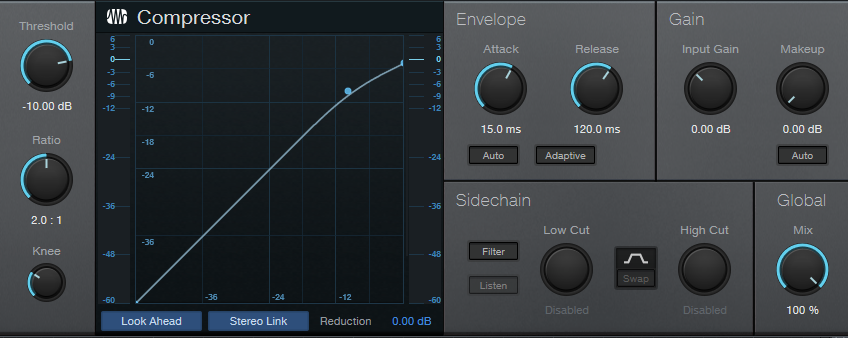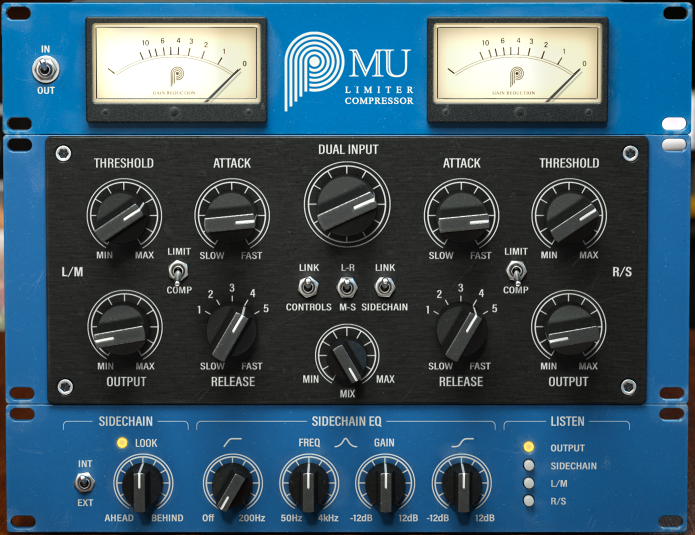Mastering the technique of dynamic range compression is key to creating balanced, clear, and dynamic audio mixes. Compression is one of the most important tools in a music producer’s toolbox, allowing them to control the dynamics of sound and achieve the desired volume consistency across tracks. However, improper use of compression can degrade audio quality and produce undesirable results. In this guide, we will explore the basic concepts of dynamic range compression, techniques for its use, and how to integrate it effectively into your music mixes.

Basic Concepts of Dynamic Range Compression
Before delving into how to use compression effectively, it’s important to understand the basic concepts behind dynamic range compression.
1. Audio Dynamics:
Audio dynamics refer to the difference between the loudest (peaks) and softest (troughs) parts of an audio signal. Dynamic range compression aims to reduce this difference by attenuating the amplitude of the signal when its peaks reach a certain level.
2. Threshold:
The threshold is a specific sound level at which the compressor begins to work. When the signal exceeds this threshold, the compressor will start reducing the sound amplitude.
3. Ratio:
Ratio controls how aggressively the compressor will reduce the sound amplitude after it exceeds the threshold. For example, if the ratio is set to 4:1, every increase of 4 decibels above the threshold will be reduced to 1 decibel.
4. Attack and Release:
Attack is the time it takes for the compressor to respond after the signal crosses the threshold, while Release is the time it takes for the compressor to return to normal after the signal drops below the threshold.

Techniques for Effective Compression Use
1. Leveling:
One of the most common uses of compression is to level out unbalanced track levels. By carefully adjusting the threshold and compression ratio, you can make overly loud tracks more balanced with others in the mix.
2. Transient Control:
Compression can be used to control overly sharp transients, such as loud drum hits or strong vocal attacks. By adjusting the attack to be slower, you can reduce sharp hits without sacrificing clarity and presence.
3. Gluing and Pumping:
Compression can be used to “glue” tracks together and enhance the sound wave, creating a sense of unity and consistency throughout the mix. Fast attack and release settings can produce a sharp glue effect, while slower settings can create a smoother effect.
4. Enhancing Presence:
By utilizing compression wisely, you can enhance the presence and clarity of sound in your mix. By suppressing sharp peaks and boosting softer parts of the sound, you can make the sound more consistent and focused.
Integrating Compression into the Mixing Process
1. Subtle Approach:
When using compression, it’s important to adopt a subtle and cautious approach. Too much compression can result in a flat and lifeless sound, while too little can lead to unwanted level differences.
2. Precise Adjustment:
Take the time to carefully adjust compression parameters, including threshold, ratio, attack, and release. Listen critically to how these settings affect the sound characteristics and overall dynamics of your mix.
3. Continuous Monitoring:
Throughout the mixing process, continuously monitor the effects of compression on the sound and dynamics of your mix. If necessary, make small adjustments to achieve the desired balance and consistency.
4. Experiment with Creativity:
Besides being used for technical purposes, compression can also be a powerful creative tool. Don’t hesitate to experiment with unconventional settings and creative techniques to create unique and compelling effects in your mix.
Conclusion
A strong understanding of the basic concepts of dynamic range compression and techniques for its effective use is key to creating high-quality and dynamic audio mixes. By integrating compression wisely into the mixing process, you can control sound dynamics, enhance presence and clarity, and create a balanced and immersive mix. So, embrace this knowledge as a powerful tool in your music production toolbox, and use it wisely to enhance the quality and appeal of your musical works.